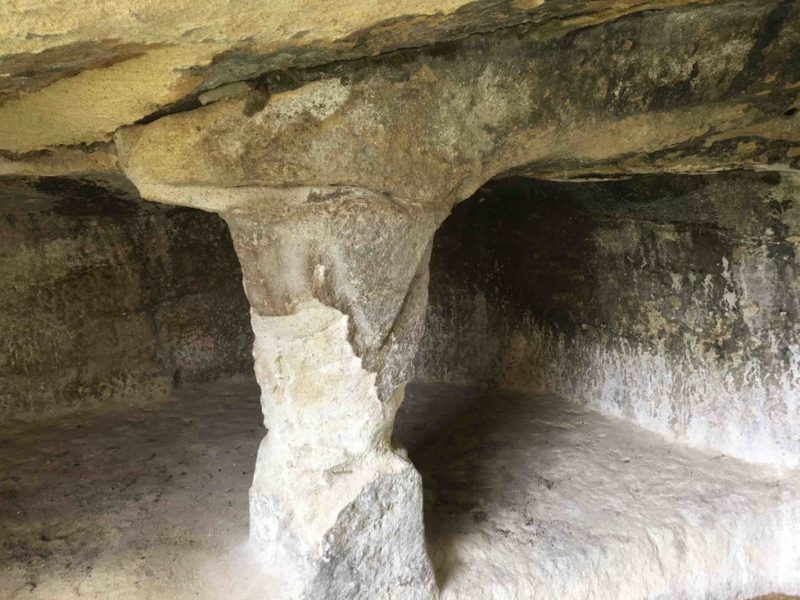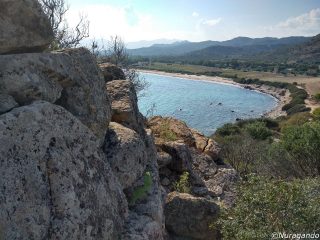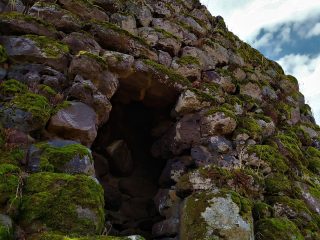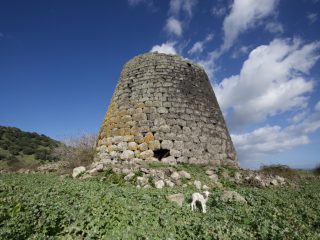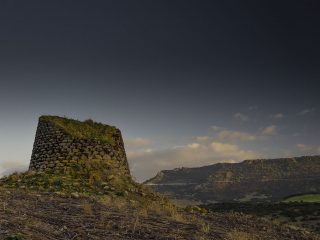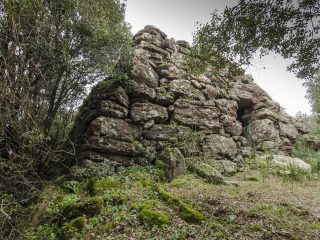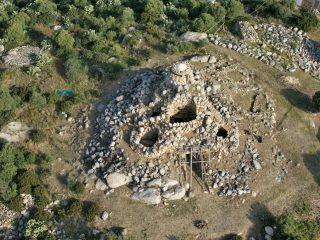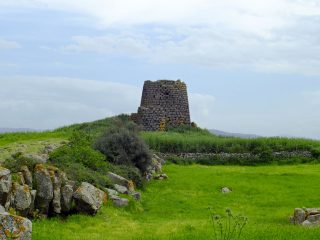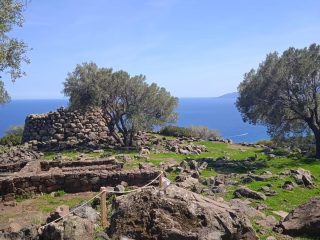The site has two neolithic hypogea carved into the sandstone. The first grave has an anti-cell and raised funeral beds, and in some points, the walls of the hypogeum were chipped with a hammer. Despite the erosion caused by atmospheric agents, the outlined bull protome-shaped reliefs are still visible, created on two columns of the tomb. The two hypogea are part of the kind of tomb developed horizontally, with visible entrance carved into the rocky crop. This is why the two domus de janas were visible and monumental. This feature could also have meant they were used as territorial markers by the neolithic community living in the area.
Follow via Serrenti to the end and turn left at the fork after about 600 metres. Continue along the road for about 1,300 metres and you’ll find the Guasila site on your left.


